Sold-out products are the result of careful pricing strategies and strategic marketing rather than chance. With strategic pricing designed for your target audience, you’ll be better positioned to generate awareness, accelerate your online sales, and sell out your products every time you update your inventory.
Looking for different pricing strategies? Check out our other articles:
In a hurry, jump to the section you’re most interested in:
- CHARM PRICING VS. ROUNDED PRICING
- SEASONAL PRICING STRATEGY FOR PRODUCT SALES
- BUNDLED PRICING STRATEGY FOR PRODUCT SALES
- TOP-TIER PRICING STRATEGY FOR PRODUCT SALES
- PRICE DISCOUNT STRATEGY FOR PRODUCT SALES
- HOW TO SELL OUT YOUR PRODUCTS ON EXPLORINGNOTBORING.COM
What is Strategic Pricing?
Strategic pricing for your product is a marketing decision.
If you want to catch more fish in an ocean swarming with other fisherman boasting big fat squirmy worms, you need to analyze the landscape, test the waters, and strategize the sweet spot to throw your line with the right bait at the right time for the hook and sinker.
In other words, your pricing is informed by your market research, customer research, and real-world data (Are you selling out? If not, it might be your pricing strategy, marketing strategy, or both).
As we learned in our article, “Understanding Strategic Pricing“:
Strategic pricing is finding that sweet spot where you make a good profit, people want to buy, and everyone goes home happy.
Once you’ve aligned your price with the value delivered (while minimizing the cost-to-serve), then you can strategize ways to sell more of it—Using offer bundles, creating urgency, and communicating value.
Know Your “Break Even” Milestone
Before you set your price, first, you need to know your overhead. How much do you need to bring home to cover expenses?
This is your “break-even” milestone.
You should calculate incurred expenses and projected expenses.
Next, research your market to understand your competitors’ pricing.
Conduct Market Research for Competitive Pricing
Look around and see what other people with similar products are charging. You want your price to be competitive, which means it’s similar to what others are charging for a similar product.
Keep in mind, 82% of consumers compare prices before making an online purchase. Don’t you?
Also, researching consumer behavior and market conditions can help you adapt your pricing strategies to align with the latest trends.
How to Increase Product Sales in 2024 & Beyond!
Okay, it’s time to get down to business. Now that you’ve laid the groundwork, here are a few pricing strategies to increase online sales for any product you offer in 2024 and beyond:
CHARM PRICING VS. ROUNDED PRICING
Have you considered the perception consumers have of the numbers in your pricing? Depending on your offer, the type of customers you’re looking to attract, and your marketing goals, you may want to use charm pricing or rounded pricing together or exclusively.
Charm pricing, also known as psychological pricing due to the psychological influence it has to sway customers to buy, is a pricing and marketing strategy based on prices expressed as “just-below numbers”—a little less than a round number or whole number, like $9.99 instead of $10. By dropping the price by one cent, the customer associates the cost closer to $9 than $10 and creates the impression of a bargain.
Rounded pricing, on the other hand, involves pricing a product at a whole number, often ending in 0 or 5. This can create the impression of quality, exclusivity, and luxury.
PRO TIP: Round prices for high-quality offers 👍
To communicate that your offer is a high-end product, choose a premium pricing strategy that uses rounded pricing with whole numbers.
EXAMPLE:
- Handmade Venezuelan Clay Mug: $50
- 4 PK Handmade Venezuelan Clay Mugs: $150
- +Handcrafted Loose Leaf Tea Add-On: $40
PRO TIP: If using charm pricing, end prices with the number 9. According to research from the journal Quantitative Marketing and Economics, prices ending in 9 were able to outsell even lower prices for the same product by an average 24%. This is an old trick, but it’s still effective.
PRO TIP: While we’re on the topic of numbers, it’s worth adding here that you should keep your prices simple. In a paper published in the Journal of Consumer Psychology, researchers found that prices containing more syllables seemed drastically higher to consumers.
Here are the pricing structures that were tested:
- $1,499.00
- $1,499
- $1499
The top two prices seemed far higher than the third price. This effect occurs because of the way one would say the numbers out loud or evaluated internally: “One thousand four hundred and ninety-nine,” versus “fourteen ninety-nine.” Case and point: avoid all unnecessary additions for the simplest price possible.
SEASONAL PRICING STRATEGY FOR PRODUCT SALES
Seasonal pricing for products means charging higher prices during peak seasons when demand is high and lower prices during off-peak seasons when demand is low. But it’s not limited to summer, spring, fall, or winter pricing for outdoor gear or the like, holidays are a great opportunity to capture short-term increased demand.
PRO TIP: Obviously Black Friday, Cyber Monday, and Christmas hit the list, but also Father’s Day, Mother’s Day, and Valentine’s Day are perfect opportunities to promote your product(s) and boost sales.
Especially during the times of the year when people are looking for gift ideas and inspiration, promote your product(s) and encourage giving it as a gift.
P.S. We’re releasing digital gift cards on exploringnotboring.com soon, so giving the gift of experience is easy (and ready for the Holiday season).



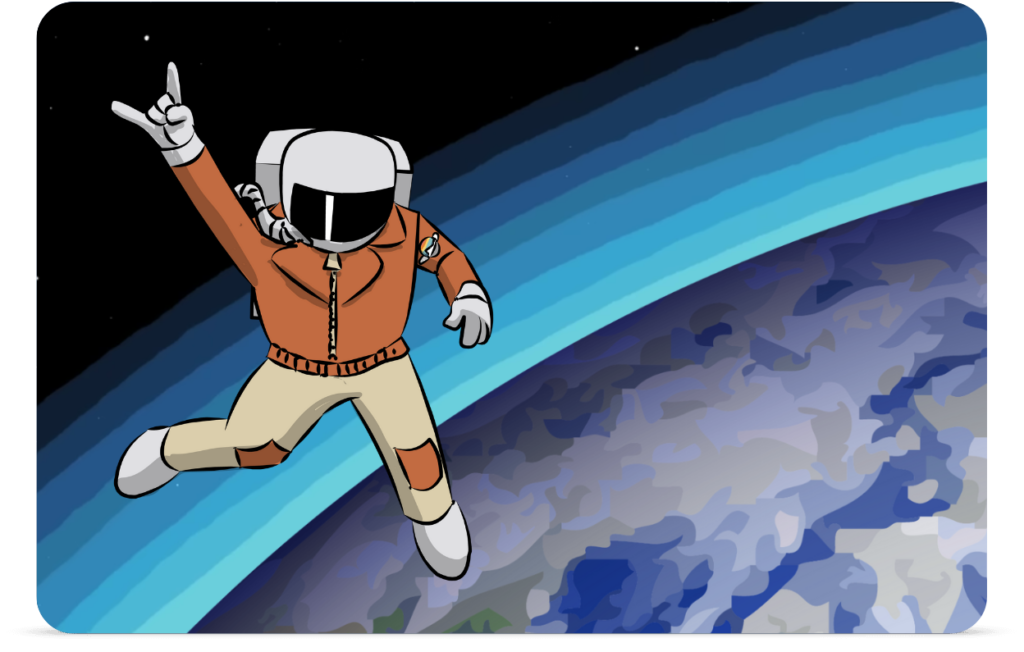
BUNDLED PRICING STRATEGY FOR PRODUCT SALES
If you are offering different purchase options, bundled pricing may work for you. You can create perceived value by adding multiple items (2 or more) into one bundle at a reduced price compared to having all items purchased separately.
For instance, say you offer handcrafted crochet pocket spiders for $8 and crochet jellyfish for $12, you could offer them together for $15 instead of $20.
This is also a good way to motivate the purchase of add-on items, such as personalized products, gift-wrapping, extended warranties, accessories, and if you offer activities or events as well (totally possible and encouraged on exploringnotboring.com), then you can bundle your product together with your experience.
For instance, say you sell a custom camera accessory and also offer a 1-hour photography class for beginners, bundling these together adds value to both your product and your experience at the same time, and entices customers to buy from you.
PRO TIP: Bundled pricing incentivizes more sales with quantity discounts and upsells that help enhance your customer experience, and improve customer satisfaction and loyalty:
- Buy 2 Get 1 FREE!
- Add a custom engraving
- Add gift wrapping
- Add protective case
- Expansion Kit
- Buy One, Donate One
On exploringnotboring.com, we have one of the best product add-on options during checkout: the “Notes” text input, which allows you to let customers request personalized products, custom instructions, and more to provide a personalized experience that meets their needs.
For example, your customers might want:
- Custom bowling balls with a unique print, and they can detail their custom instructions in the Notes section during checkout
- A hand-written greeting card or engraved message, which they can communicate to you in the Notes section during checkout
- Even special shipping instructions or product variations can be communicated in the Notes field, streamlining communication
TOP-TIER PRICING STRATEGY FOR PRODUCT SALES
Having a premium price option alongside other cheaper options often makes lower price options seem more attractive, therefore increasing demand and pushing sales. Even if you don’t sell many of the higher-priced options (though some customers are always going to want the most expensive option), it helps set a price anchor to influence sales for your regular-priced options.
This is also called Price Anchoring. Think of it this way, the best way to sell a $2,000 watch is to put it right next to a $10,000 watch. How does that work? Cognitive bias called anchoring is our human tendency to heavily rely on the first piece of information offered when making decisions and allowing that number to influence how we think about the prices that come after it. Since our brain gets stuck on that first number, it can make us think something is a better deal than it really is.
EXAMPLE:
Imagine you’re shopping for a cool new video game, and you see two price options. The first one says, “Original Price: $100, Now $50!” The second one just says, “Price: $50.”
Anchoring is when your brain gets “anchored” or stuck on the first number you see, which is the original price of $100. Even though the game is now selling for $50, your brain might think, “Wow, it used to be $100, so $50 is a great deal!” And you might be more likely to buy it because you feel like you’re getting a big discount.
Psychological or behavioral biases, like anchoring, affect all buyers and vary depending on the person’s nature. According to Michael M. Pompian, author of Behavioral Finance and Wealth Management, people can be cognitive or emotional. Cognitive bias include: overconfidence, representativeness, anchoring, framing, cognitive conflict, availability, mental accounting etc. Emotional prejudices include: loss aversion, optimism and status quo bias.
PRO TIP: Try adding a Limited-Edition option, which may include exclusive perks like a signature or original artwork, to appeal to the segment of your audience who are looking for the best. This also provides an anchor for your regular-priced options.
PRICE DISCOUNT STRATEGY FOR PRODUCT SALES
Whether you give a percentage discount of a fixed dollar amount, a discount can make all the difference based on the perceived value of the discount. Follow the “Rule of 100”, which uses percentage discounts for prices under $100, and dollar amounts for prices over $100.
Here are some examples:
| Ticket price | Discount (%) | Discount ($) | Best Option |
| $10 | 20% | $2.00 | 20% |
| $20 | 20% | $4.00 | 20% |
| $100 | 20% | $20 | $20 |
| $500 | 20% | $100 | $100 |
How to sell out your products on exploringnotboring.com
As a double-sided community marketplace: we help anyone to have more fun, uniquely local experiences; while helping local entrepreneurs grow their unique activities, events and products that encourage self-growth, well-being, and life satisfaction. Did you know there’s a powerful connection between new & diverse experiences, happiness, and increased brain activity?
Your products can help open the door to new & diverse experiences for visitors of exploringnotboring.com, leading to lifelong memories ✨
Not yet an ENB Partner? Sign-up to sell more online
As mentioned, sold-out products are the result of careful pricing strategies and strategic marketing rather than chance.
Design your pricing strategy for your target audience, then generate awareness to accelerate your sales and sell out your products every time you add new inventory or offer a new product.
This will be easy to do with exploringnotboring.com 👇 Stay tuned!
Learn how to add Pricing and Advanced Ticketing Options to Activities
Learn how to add Pricing and Advanced Ticketing Options to Events
Add Pricing Options to Products—Coming soon!
Over to You!
Every business needs great pricing strategies to keep their profit margins high without reducing demand. When you have a solid process for how you price each of your products or services, you can captivate your customers and make them loyal to your brand with every new idea you launch.
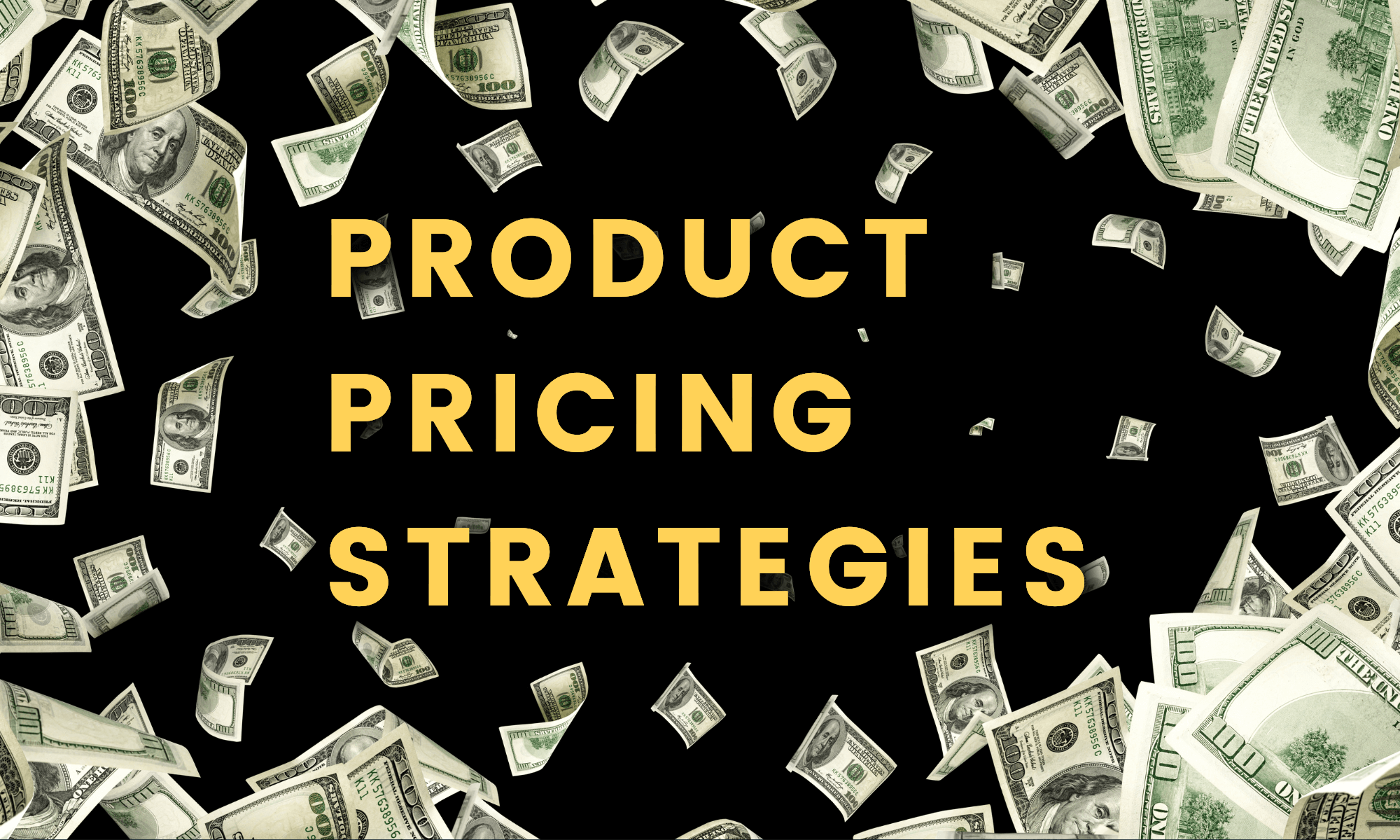



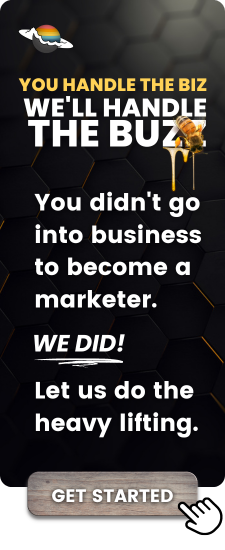
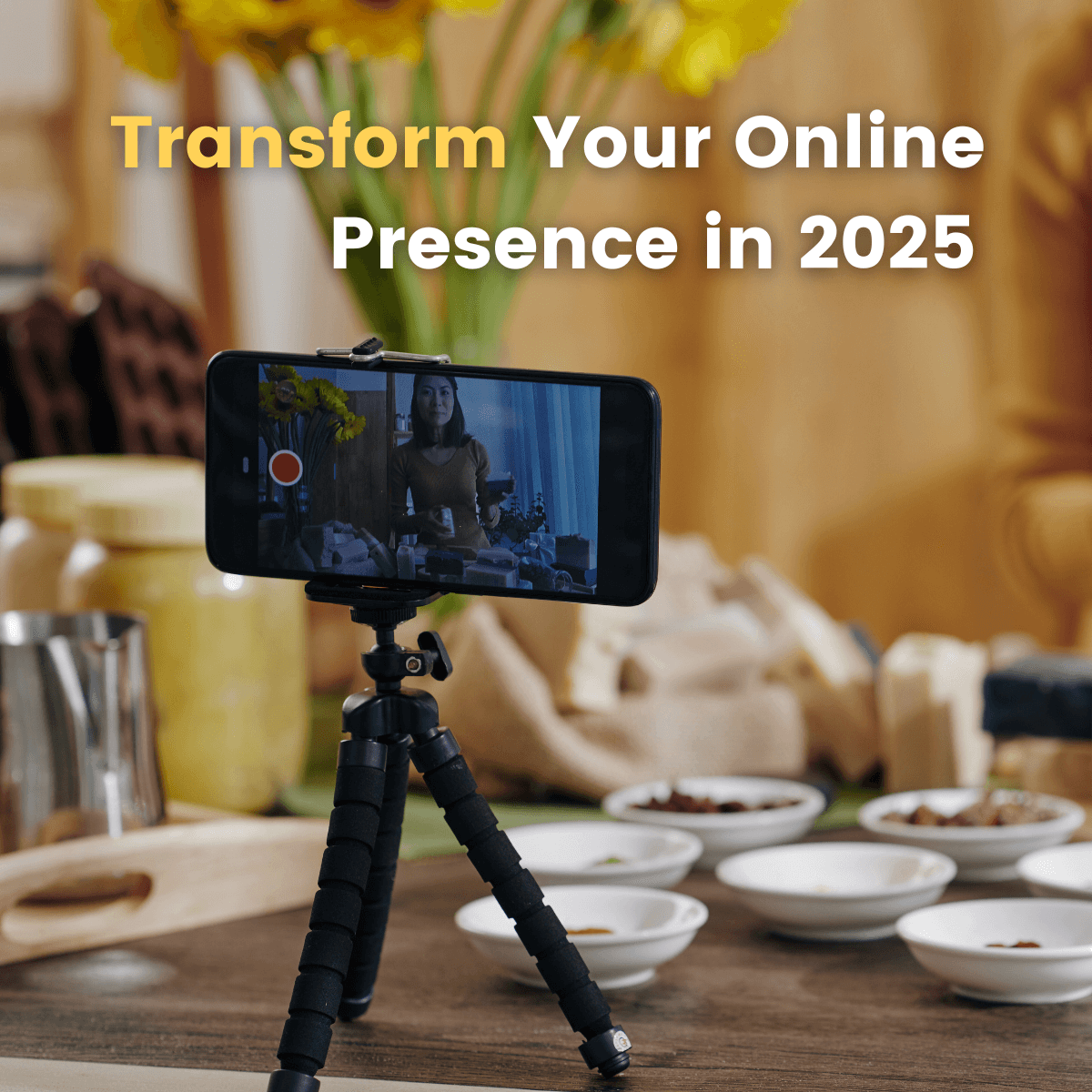

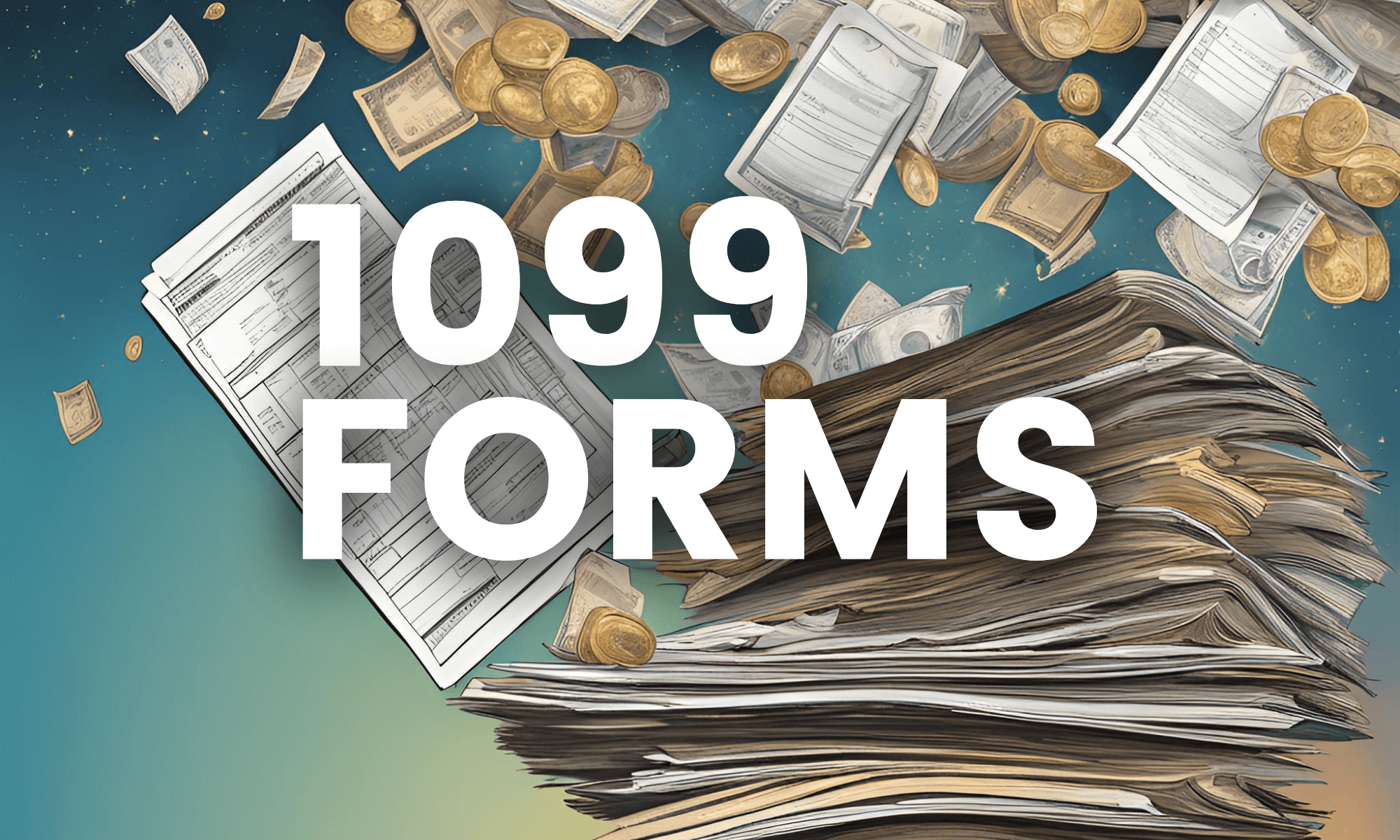

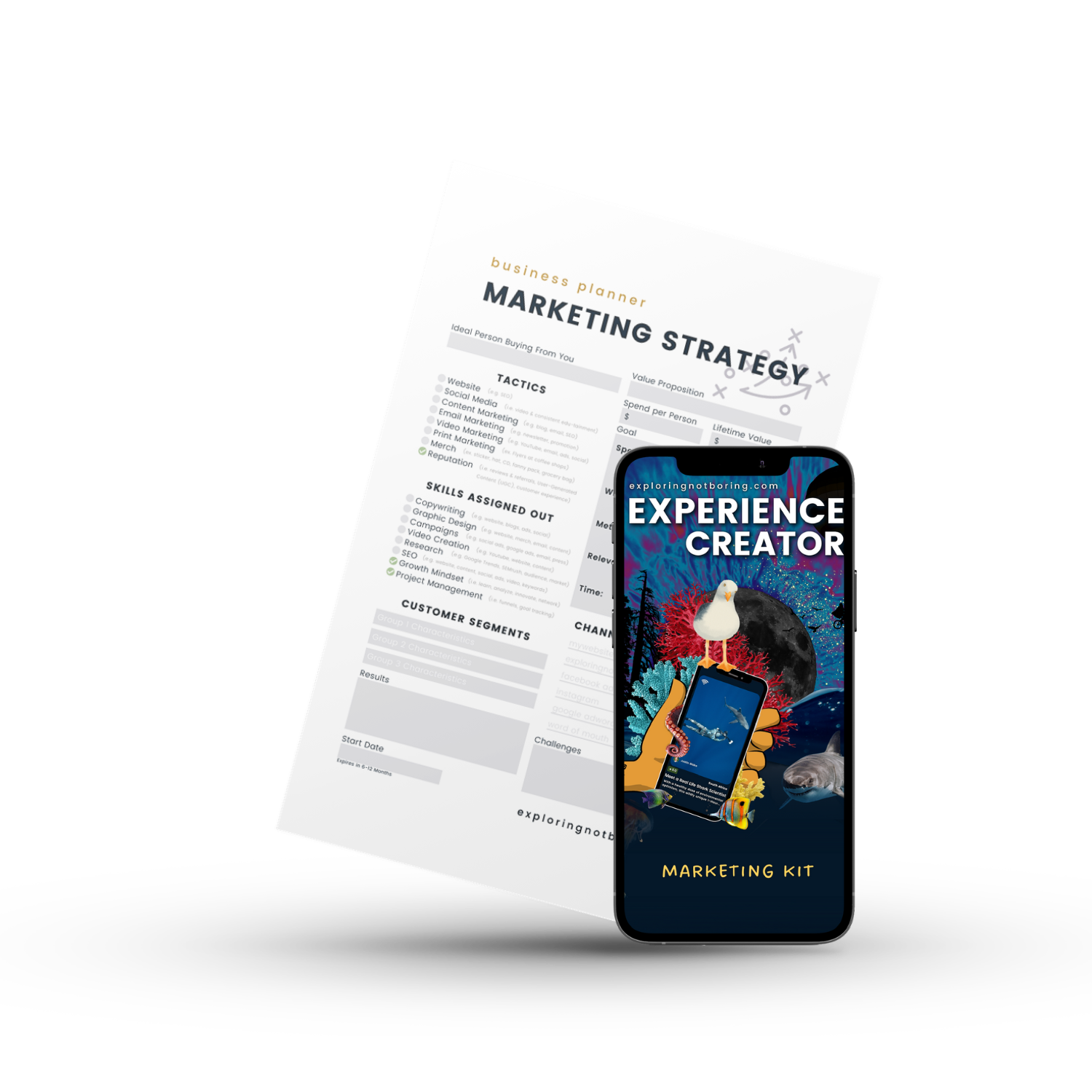
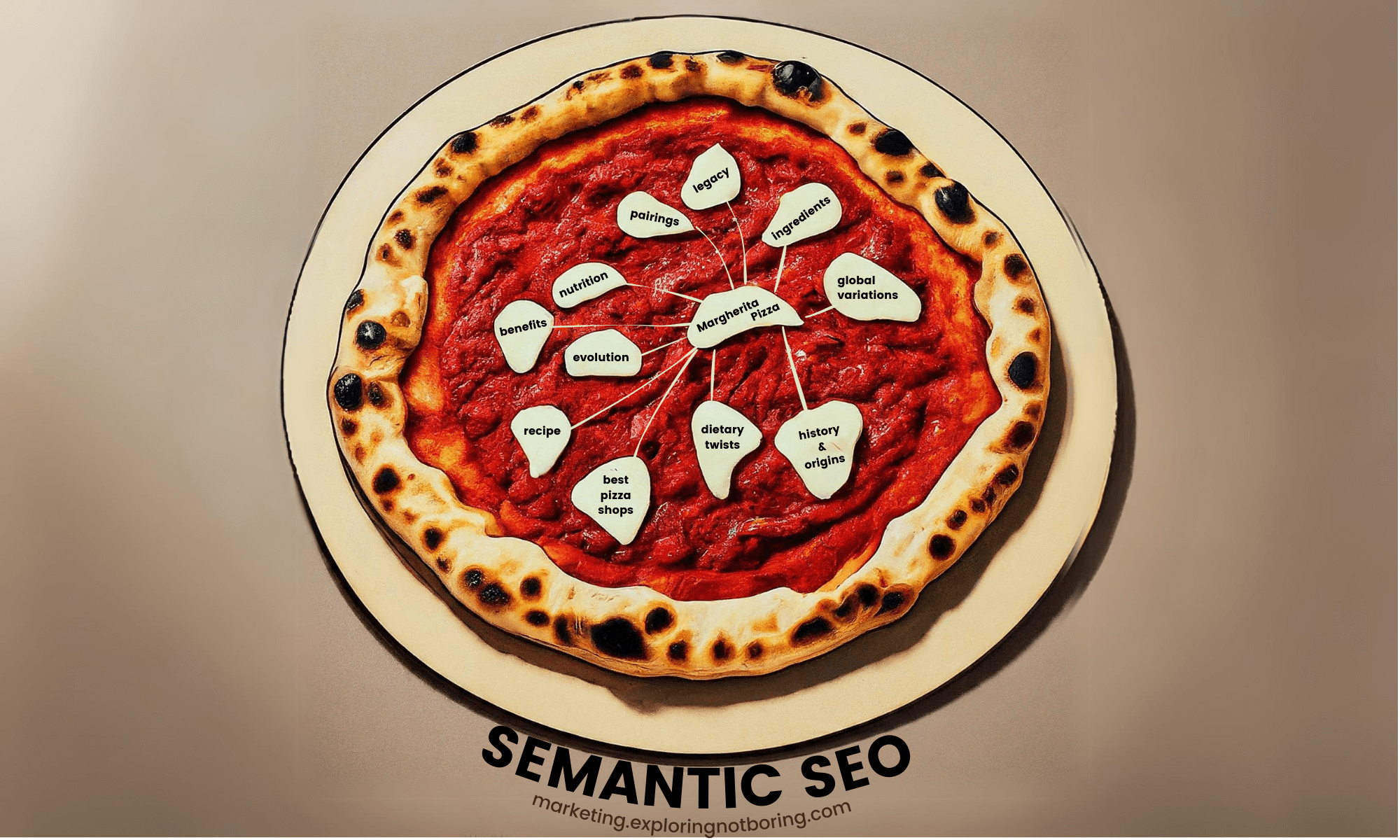
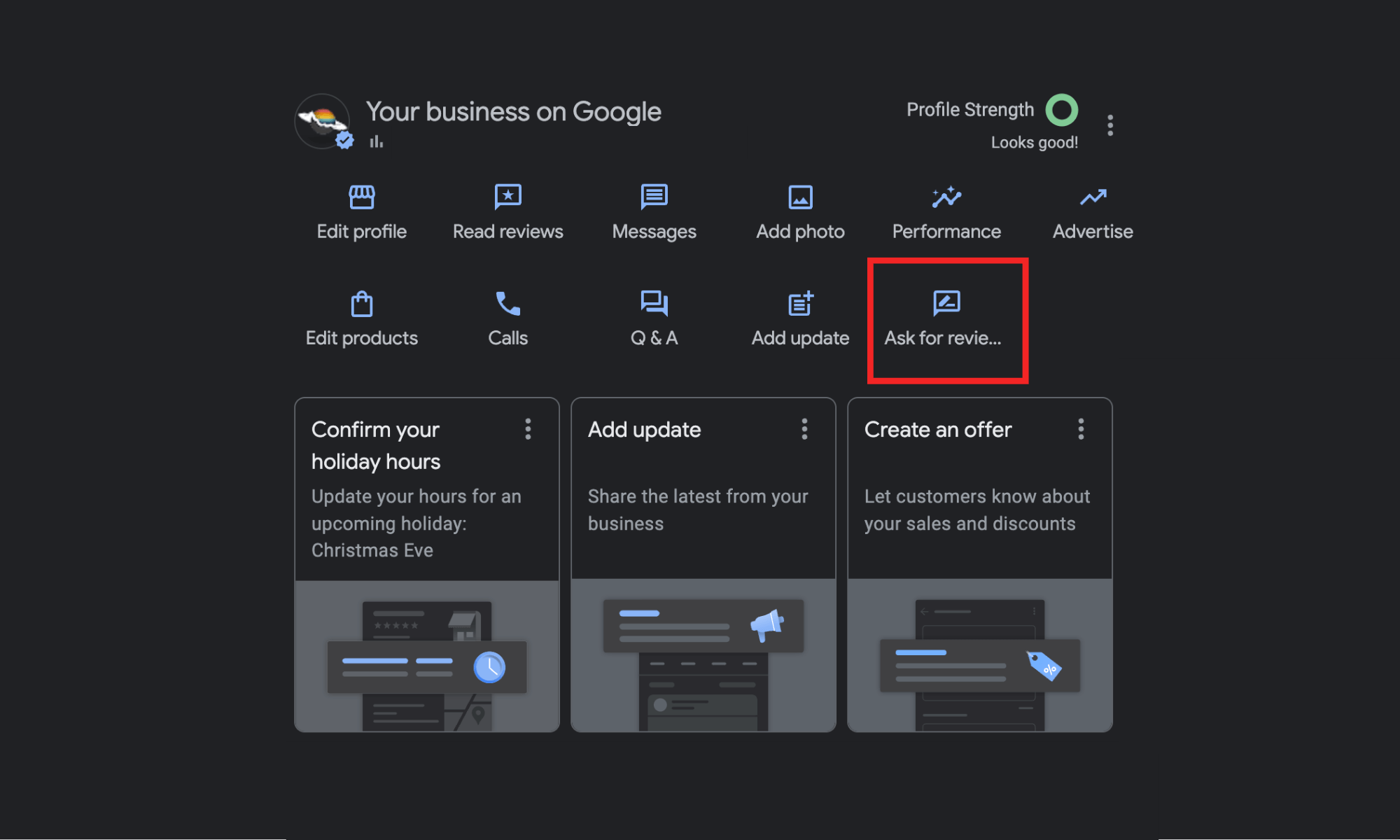
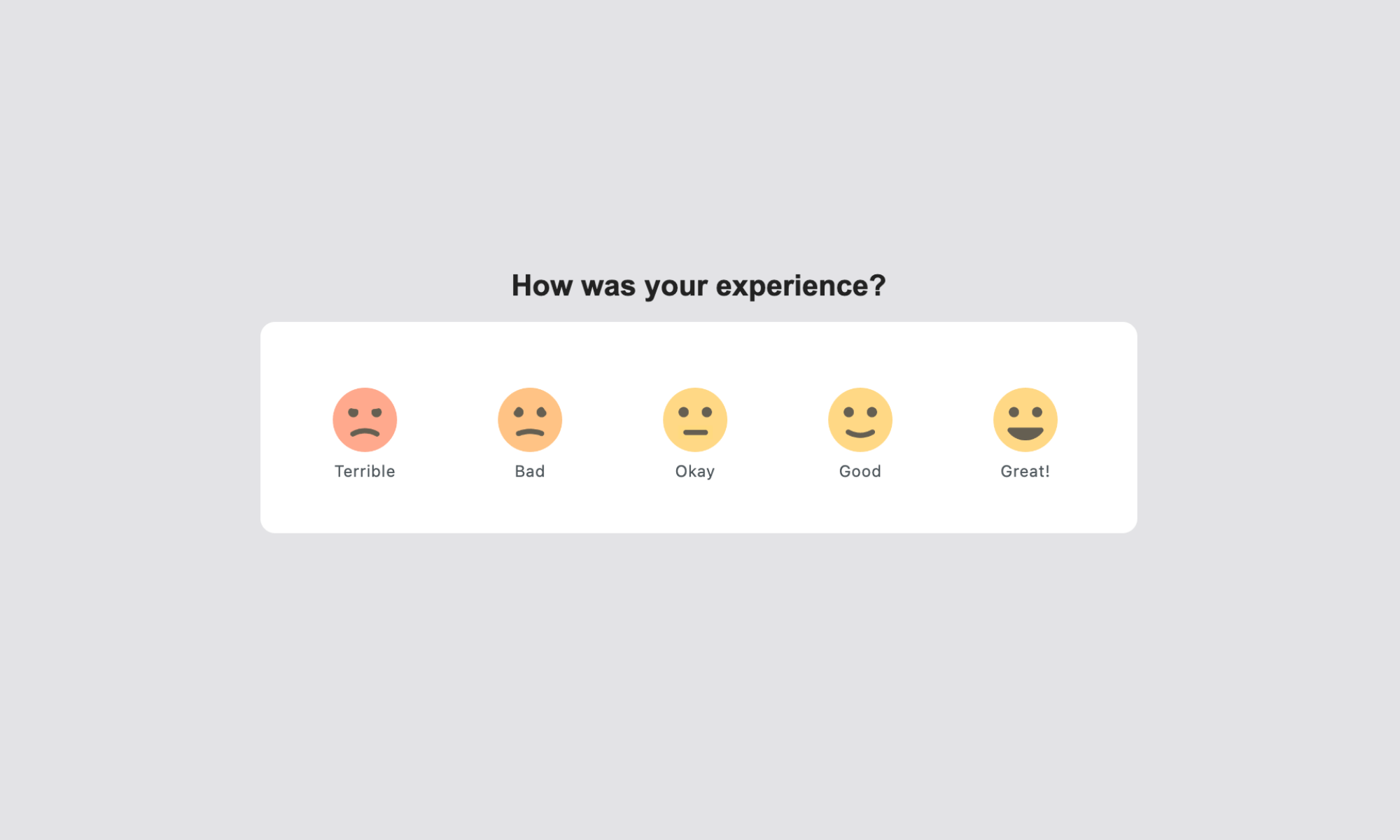
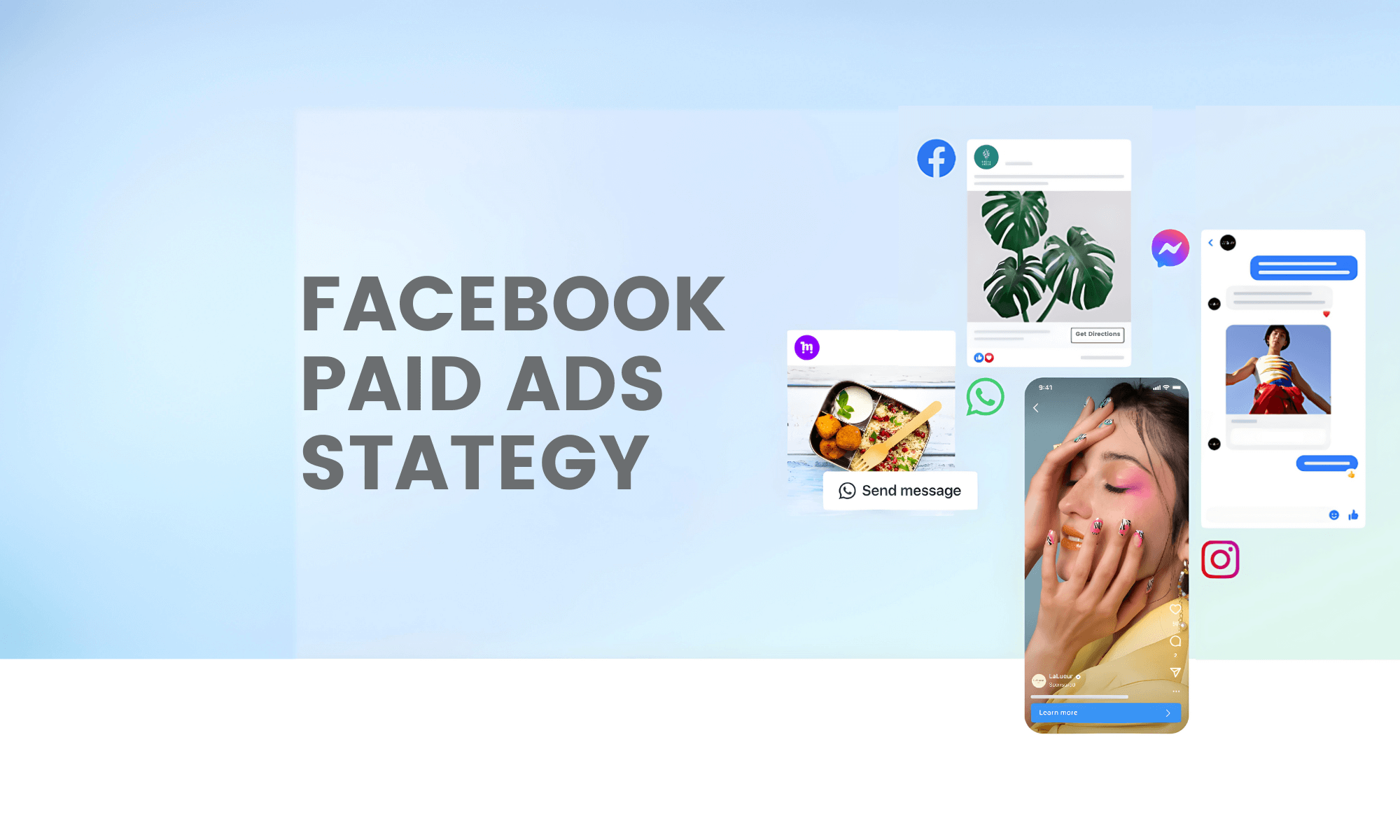
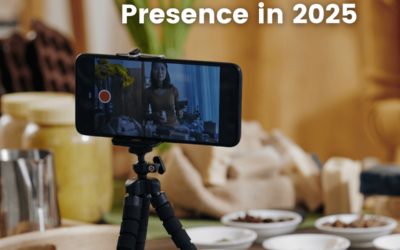
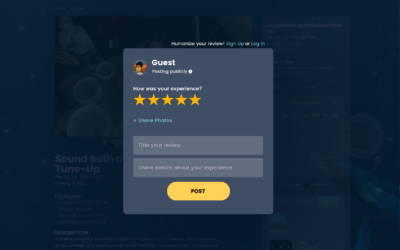
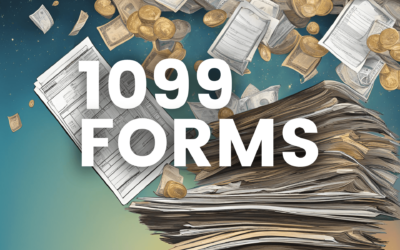

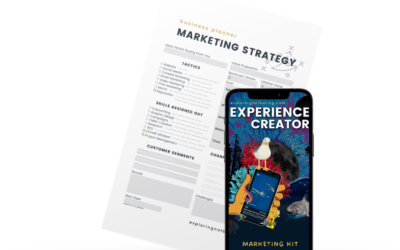

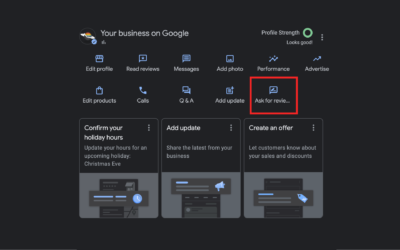
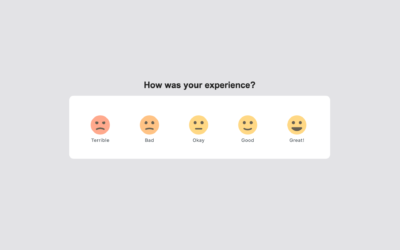
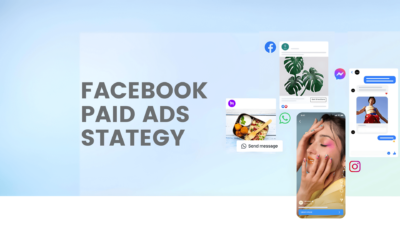

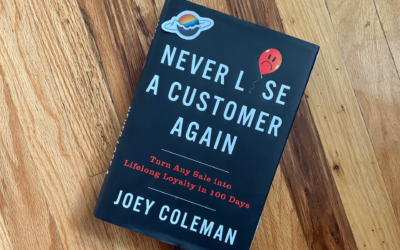
0 Comments